

ZX Spectrum T-shirts!
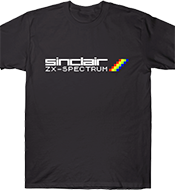
ZX81 T-shirts!
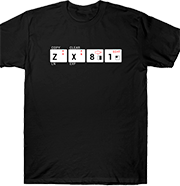
Ready prompt T-shirts!
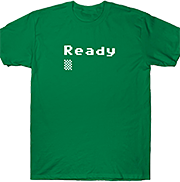
Atari joystick T-shirts!
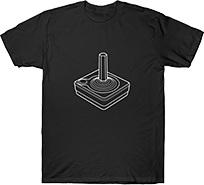
Spiral program T-shirts!
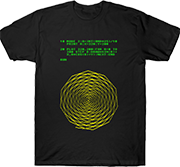
Arcade cherry T-shirts!

Battle Zone T-shirts!
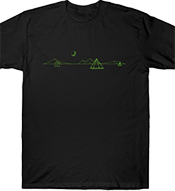
Vectrex ship T-shirts!

Elite spaceship t-shirt T-shirts!

Atari ST bombs T-shirts!
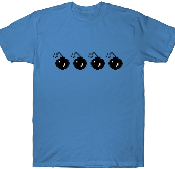
Moon Lander T-shirts!

Competition Pro Joystick T-shirts!
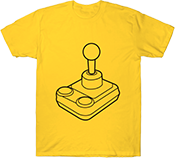
C64 maze generator T-shirts!
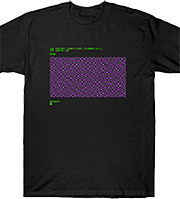
Pak Pak Monster T-shirts!

BASIC code T-shirts!

Vector ship T-shirts!

Pixel adventure T-shirts!
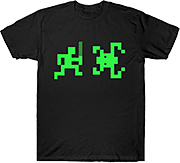
Breakout T-shirts!
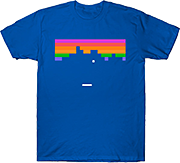

|

|
| | Friday 6th February 2015 | Ulf Wennström (Sweden) | | I bought my kit at Hobby Data in Sweden 79. Worked hard whole summer (just started high school). My grandfather was a carpenter and made me a wooden case for it and the keyboard. Learned to program Z80 and hand assembler. Many notebooks with mnemonics and hex-code. Built 8k of RAM, bought ZEAP Assembler. Wrote a BASIC interpreter. And ever since that time have I worked with product development. I''m glad NASCOM taught me a profession. A computer a student could afford. |
| |
| | Monday 26th November 2012 | Paul Thomas (UK) | | I remember building one of these while at college learning to become a TV engineer. It got me interested in computers and led to me working for the same college (I''m still there after 24 years!). We had 8 of these which we used for microprocessor $ control systems courses. They were mounted in 2U rack cases and expanded to 16K. I was so impressed with them that I built one for myself. The one problem I had was with the siting of the keyboard cable which would produce spurious characters until re-routed away from the power supply. I still fondly remember programming in assembler on these machines. |
| |
| | Thursday 27th September 2012 | Nick Burnard (UK) (UK) | | $$ Was I only only person to make use of the 8 bytes of "spare" ram at the end of each display line?
No, I remember that well. Often these days, when writing some code and allocating Mbs to a memory array without a thought I think back to those days when every byte counted. |
| |
| | Monday 2nd July 2012 | Jim Franklin (England) | | Like Frank Burgum, I bought mine from Henry''s Radio, although a little later in december 1979.
Mine too grew$ 64kb of ram, and a 20mA loop 110 baud teletype printer! It was a great system at the time, and only having memory from $0c80 to $fff and a stack that went down from $fff made things interesting to say the least! It made developing code an artform. Was I only only person to make use of the 8 bytes of "spare" ram at the end of each display line? |
| |
| | Friday 8th April 2011 | Derek Jennings (UK) | | I got my Nascom 1 in 1978 as a kit. It was a great way to learn about microcomputers because quite a number of the TTL chips were defective and I had to fault find through the logic circuits for weeks before it worked.
I mounted it in an Apple II case and was dead proud of it. Over time I added an extra 32k of RAM (Yes k) mounted on two PCBs on an expansion bus, and an external cassette tape interface. Everything had to be programmed in assembler. I did not even have BASIC.
Building that Nascom was the smartest thing I ever did. I learned such a lot that came in useful in my career. |
| |
| | Tuesday 28th October 2008 | Frank Burgum (U.K.) | | I bought a Nascom 1 kit from Henry''s Radio in the Edgeware Road in December 1978 or Jan 1979 (I remember it was snowing!). Over the next few years it grew an S100 bus cardframe, 40KB of RAM, a cassette interface, then a floppy disk interface, then a home-made DOS with Microsoft 8K Basic, and eventually CP/M. All home made and wire-wrapped on the kitchen table except for the S100 expander. Hours of fun, learned an awful lot about operating systems. |
| |
|
|








